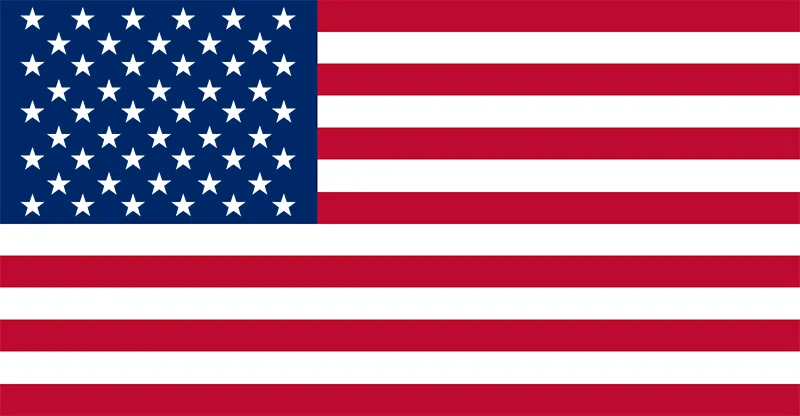Are you looking to create a powerful brand logo that accurately depicts your company and is memorable? Your logo acts as the visual representation of your company and is essential for drawing in customers and expressing your core beliefs. We will provide you with the crucial advice and knowledge you need to develop a logo that establishes a strong presence in the market and identifies your business in this in-depth tutorial. As a provider of top-notch graphic designing services at Your Digital Resellers, we understand the importance of a well-crafted logo in building a successful brand identity.
Tips For Defining Your Brand With Amazing Logo Design
Tip #1: Ask the Right Questions
To make a good logo for your brand, you need to ask yourself important questions. Begin by knowing why your business exists. What do you do for people, and why is it important? Knowing this will help make your logo.
Next, define your target audience. Who are your ideal customers? What are their demographics, interests, and preferences? Understanding your audience will help you design a logo that resonates with them and captures their attention.
Consider your brand’s core values and unique selling points. What makes your brand different from competitors? Identify the key attributes that set you apart and incorporate them into your logo design. A well-designed logo should reflect the essence of your brand and its value proposition.
Tip #2: Get Inspired by Other Logos
While it’s crucial to create a unique logo for your brand, gaining inspiration from other logos can be beneficial. Explore logos within your industry and beyond to see what works well and what trends are prevalent. Analyze the design elements, color palettes, and typography choices of successful logos. You will have an understanding of the visual language that appeals to your target market, thanks to this study.
Striking a balance between seeking inspiration and upholding individuality is crucial, though. You should refrain from blatantly duplicating or mimicking existing designs since your logo should be unique and memorable. Create a logo that stands out and embodies the qualities of your brand using the knowledge you’ve learned through your study.
Tip #3: Find the Right Tools to Create Your Logo
Creating a logo doesn’t necessarily require extensive design skills or expensive software. Many online tools and platforms offer user-friendly interfaces and customizable templates to simplify the design process.
One such tool is the Wix Logo Maker, which provides a range of design elements and customization options. You can choose from various templates, fonts, icons, and colors to create a logo that aligns with your brand’s identity.
If you prefer a more hands-on approach, graphic design software like Adobe Illustrator or Canva can offer greater flexibility and control.
Are you looking to create a compelling logo for your brand? A well-designed logo is crucial for creating a strong visual identity and leaving a lasting impression on your audience. In this guide, we will explore the process of designing a brand logo, with a focus on utilizing the Wix Logo Maker tool. At Your Digital Resellers, we provide top-notch graphic design services to help businesses achieve their branding goals.
Why Is The Wix Logo Maker The Right Tool For You?
The Wix Logo Maker offers a user-friendly platform that allows you to create professional-looking logos with ease. Here are some reasons why the Wix Logo Maker is the right tool for you:
- Extensive Design Options: The Wix Logo Maker provides a vast library of design elements, including icons, fonts, and color palettes.
- Customization Flexibility: With the Wix Logo Maker, you have complete control over customizing your logo design.
- AI-Powered Logo Creation: The Wix Logo Maker leverages the power of artificial intelligence to generate logo designs based on your input. By answering a series of questions about your brand, you can receive logo suggestions tailored to your specific requirements.
CUSTOMIZING YOUR LOGO DESIGN FROM EVERY ANGLE
Now that you know why the Wix Logo Maker is good, let’s learn how to create your own logo design.
- Choose the Right Icon: Browse through the Wix Logo Maker’s extensive collection of icons and select one that resonates with your brand’s identity. Ensure that the icon is simple, recognizable, and relevant to your industry.
- Select Suitable Fonts: Typography plays a crucial role in logo design. Choose fonts that complement your brand’s personality and convey the right message. The Wix Logo Maker offers a wide variety of fonts, allowing you to experiment with different styles and combinations to find the perfect match.
- Play with Colors: Colors evoke emotions and can greatly impact how your brand is perceived. Experiment with different color combinations using the Wix Logo Maker’s color palette options. Consider the psychology of colors and choose hues that align with your brand’s values and target audience.
- Test Different Layouts: The arrangement and positioning of elements in your logo can greatly impact its overall appeal. The Wix Logo Maker allows you to easily rearrange and resize elements to test different layouts. Experiment with various compositions until you find the most visually pleasing arrangement.
- Keep it Simple and Timeless: A logo should be simple and memorable. Avoid cluttering your design with unnecessary elements or intricate details. Focus on creating a clean and timeless logo that will remain relevant and recognizable for years to come.
Collecting Your Logo Assets
Before diving into the logo design process, it’s important to gather relevant assets and information that will guide your design decisions. Here are some key elements to consider:
- Understand Your Brand: Begin by gaining a deep understanding of your brand’s values, mission, and target audience. This knowledge will inform the design choices and ensure the logo aligns with your brand’s identity.
- Research Competitors: Analyze your competitors’ logos to identify trends, common visual elements, and unique approaches. This research will help you differentiate your logo design and stand out in the market.
- Define Key Attributes: Identify the key attributes you want your logo to communicate, such as trustworthiness, innovation, or friendliness. These attributes will guide the design process and shape the visual elements of your logo.
- Gather Inspirational Material: Collect visual references, including images, colors, typography, and shapes that resonate with your brand’s personality and objectives. This material will serve as a starting point for the logo design process.
The Value of a Well-Designed Logo
A well-designed logo offers numerous benefits to your brand. Here are some reasons why investing in a professional logo design is essential:
- Brand Recognition: A visually appealing and memorable logo helps customers recognize and remember your brand, leading to increased brand recall and awareness.
- Differentiation: A unique and distinct logo sets your brand apart from competitors, making it easier for customers to distinguish and choose your products or services.
- Professionalism and Trust: A professionally designed logo communicates trust, credibility, and a high level of professionalism, which instills confidence in potential customers.
- Consistency and Coherence: A well-designed logo serves as a foundation for maintaining visual consistency across various brand touchpoints, such as websites, social media profiles, and marketing materials.
- Emotional Connection: A logo has the power to evoke emotions and establish a connection with your target audience.
- Longevity: A timeless logo design ensures longevity and avoids the need for frequent rebranding, saving time and resources in the long run.
Designing Your Logo
Once you have gathered the necessary assets and understood the value of a well-designed logo, it’s time to embark on the actual design process. Here are some essential steps to follow:
- Sketching and Conceptualizing: Start by sketching rough ideas and concepts based on the gathered assets and your brand’s attributes. Explore different layouts, typography options, and visual elements.
- Typography Selection: Choose a typography style that aligns with your brand’s personality. Consider legibility, scalability, and how the chosen typeface complements the overall logo design.
- Color Palette: Select a color palette that reflects your brand’s identity and resonates with your target audience. Colors evoke emotions and play a vital role in communicating your brand’s message effectively.
- Visual Elements: Incorporate visual elements that represent your brand’s values and attributes. This could include symbols, icons, or abstract shapes that convey the essence of your brand.
- Iteration and Refinement: Refine your logo design by iterating and seeking feedback. Test its scalability, legibility, and versatility across different mediums and sizes.
- Finalization: Once you have a refined logo design, make sure to create various file formats for different use cases. These formats may include vector files for scalability and raster files for web and print applications.



